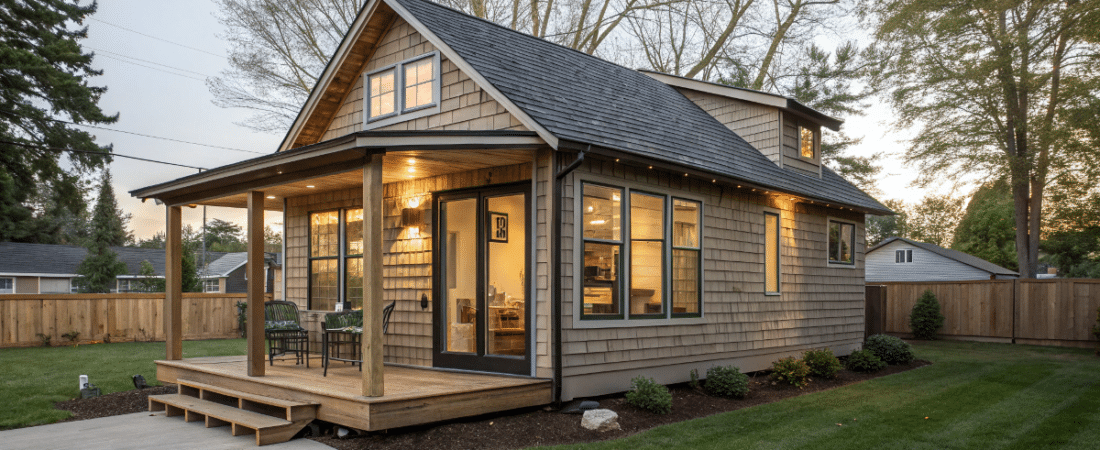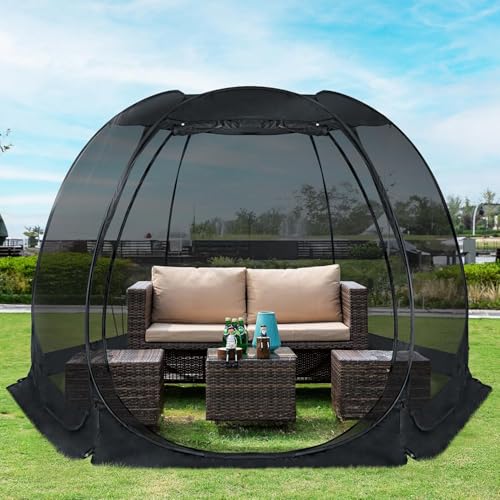Accessory dwelling units (ADUs) are becoming an increasingly popular solution for housing challenges in today’s urban landscapes. These versatile small dwellings, often referred to as granny flats or in-law suites, offer a practical way to maximize living space on a single-family residential lot. By integrating ADUs, property owners can provide affordable housing options for a family member, emphasizing the social benefits of keeping loved ones close, or generate additional rental income. As cities face growing housing demands, ADUs play a crucial role in expanding local housing stock without altering the character of residential areas. It is important to note that ADUs cannot be bought or sold separately from the main home, distinguishing them from properties like condominiums. Understanding the benefits and regulations of ADUs is essential for homeowners considering this innovative housing.
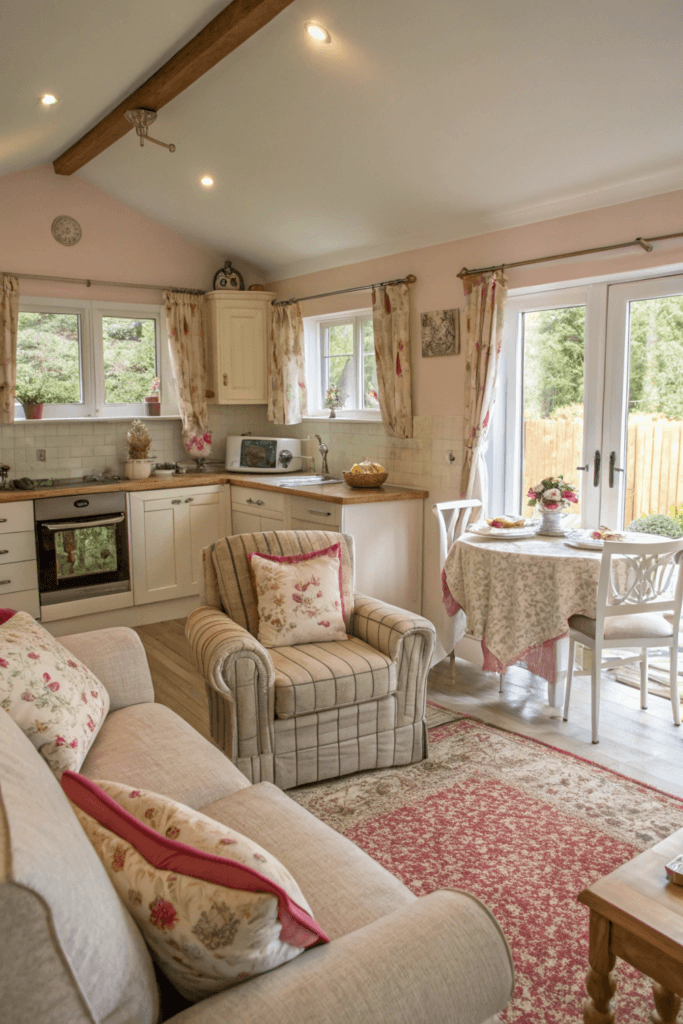
Why Choose Accessory Dwelling Units?
Accessory dwelling units (ADUs) are becoming increasingly popular in modern cities.
They are versatile.
They are practical.
They are useful.
But why are they so popular?
Here’s why:
- Optimize Space: They make the most of your land.
- Affordable Housing: A way to house family or generate rental income.
- Family Ties: Keep family close while maintaining independence.
- Sustainable Growth: Increase the housing stock without changing the character of the neighborhood.
The popularity of ADUs is part of a larger movement toward creative housing solutions that addresses the need for affordable housing in cities across the country.
What is an ADU?
An Accessory Dwelling Unit (ADU) is a secondary dwelling unit on a single-family residential lot, which shares the lot with the primary dwelling unit. ADUs are often referred to as granny flats or in-law suites. They can be an internal unit, an attached unit, or a completely detached unit.
The primary purpose of ADUs is to increase the housing supply, improve affordability, and make the best use of existing residential land.
Types and Features of ADUs
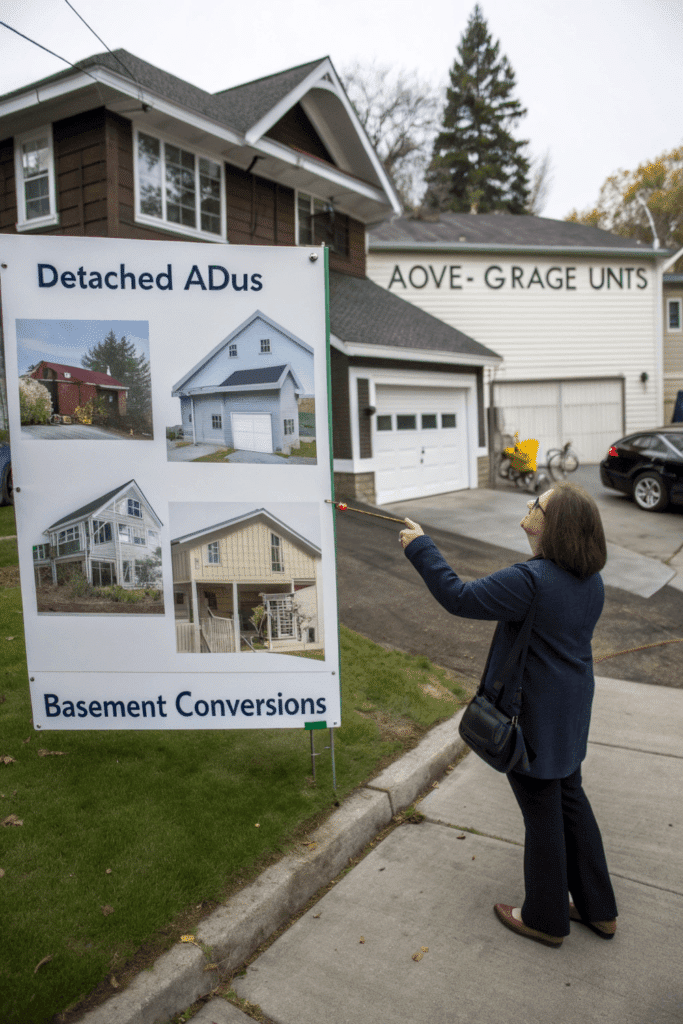
- Detached ADUs: Backyard cottages or laneway houses that are separate from the main dwelling.
- Above-Garage Units: Apartments built above garages or workshops.
- Guest House ADUs: These can increase property value, but legal requirements vary by location.
- Addition ADUs: Adding an extension to an existing home, often referred to as “bump-out” units.
- Basement Conversions: Converting basements into living spaces.
- Internal ADUs: Using parts of the primary dwelling for additional living space.
Zoning and Regulations for ADUs
Zoning can be a tricky thing.
Many municipalities allow ADUs in single-family zones, but specific regulations may apply, such as:
- Owner-Occupancy Requirements: Some areas require that the property owner must live in one of the units.
- Dimensional Standards: Regulations regarding size and placement.
- Local Codes: Always check with local authorities for specific requirements regarding entrances and housing standards.
Some states even encourage the allowance of ADUs under certain conditions, while others impose restrictions that could limit their effectiveness in addressing housing shortages.
Benefits of ADUs for Homeowners and the Community
- ADUs can generate rental income or provide housing for family members, such as aging parents or adult children.
- They offer adaptable living solutions, catering to diverse lifestyle and financial needs.
- Homeowners can remain in their properties longer, addressing both design and financial challenges.
- ADUs can increase property value and provide a steady source of rental income.
- The growing interest in tiny homes reflects a shift towards smaller living spaces that align with changing household dynamics and environmental considerations.
Environmental Benefits of ADUs
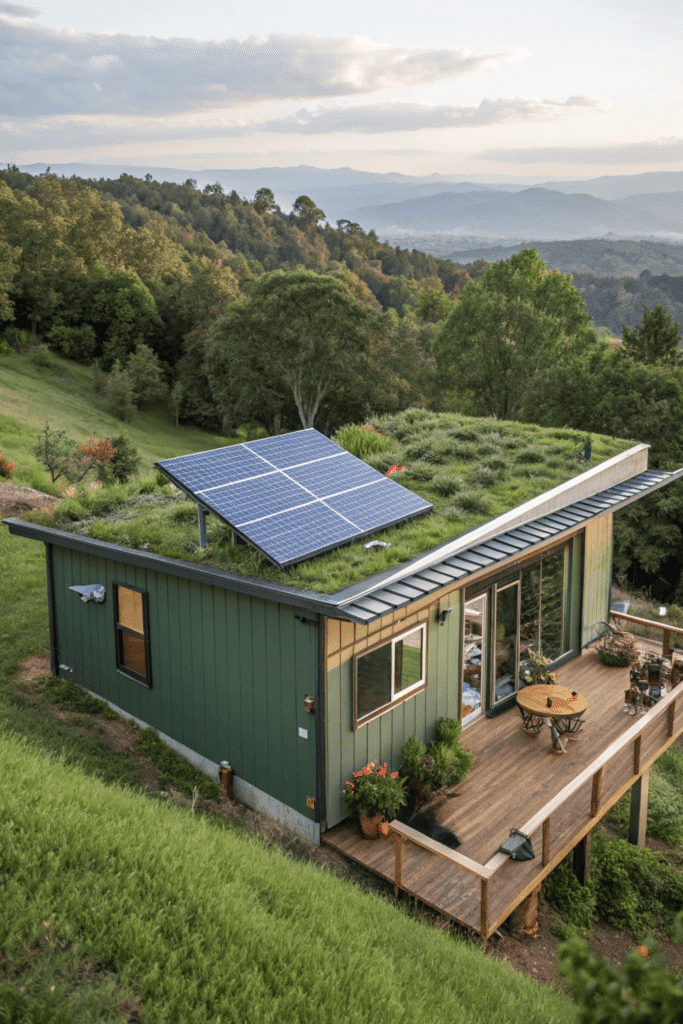
ADUs have a number of environmental benefits that appeal to environmentally conscious homeowners. By utilizing existing properties, they reduce the need for new land development, preserving natural habitats and maintaining the character of established neighborhoods.
Designed with sustainability in mind, ADUs can incorporate energy-efficient materials and systems, reducing overall energy consumption and greenhouse gas emissions. Converting existing spaces, like basements or garages, into ADUs can leverage sustainable building practices and energy-efficient appliances. Many regions even provide incentives for such eco-friendly developments.
Furthermore, ADUs promote sustainable transportation by locating housing closer to urban centers and public transit, encouraging walking, cycling, and public transport use. This not only lessens commuting-related carbon footprints but also fosters healthier lifestyles.
Infill development, which involves adding housing units within existing neighborhoods, further underscores the environmental benefits of ADUs. This strategy curbs urban sprawl and the negative impacts associated with it, contributing to a more sustainable urban landscape.
Overall, ADUs serve as a practical solution for affordable and sustainable housing while preserving the environment and promoting efficient resource utilization.
Design, Construction, and Financing for ADUs
- ADUs can be environmentally friendly, especially when designed to be in harmony with the main dwelling.
- Financing options for ADUs include construction loans, home equity loans, and government-backed options.
- Construction considerations include separate entrances, local building codes, and property tax implications.
- Design elements should include space efficiency, natural light, and functional layouts.
- When comparing ADUs to other types of housing, it’s important to differentiate between tiny houses on wheels and stationary units, as the micro housing trend is influencing urban development and community regulations.
In Conclusion
- Accessory Dwelling Units (ADUs) have many benefits for homeowners, including additional income and increased property value.
- Understanding the definition, purpose, and characteristics of ADUs is important for navigating the construction process.
- By considering zoning laws, design, construction, and financing options, homeowners can make informed decisions about building an ADU and enjoy the many rewards this housing solution provides.


